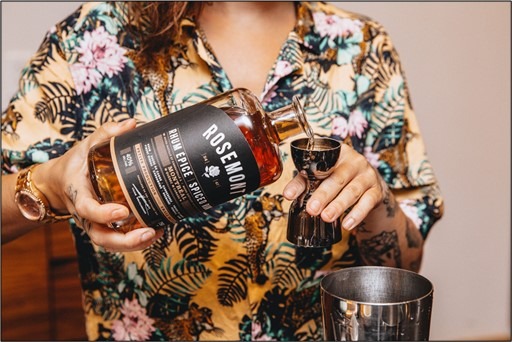
Montreal's Culinary History
Montreal's Culinary History - Discovery Tour by Amélie Masson-Labonté - STORICA
A creative, festive, exuberant and diverse city, Montreal is a gastronomic destination where the pleasures of the table are endless. Thanks to this 5-step tour, discover the unseen side of the city's culinary history through the buildings, milestones and cultural communities that have contributed to its development.
SUGAR AND DISTILLERIES - From rum and molasses to grain alcohol
At the beginning of the French Regime, the inhabitants of Montreal were supplied with French and Spanish wines by ships from Larochelle. They were also supplied with brandy and rum from the West Indies, as well as sugar and molasses.
Discovered through contact with the Huron and Iroquois people, maple syrup making was also present from the first years of the colony. This know-how proved to be very useful in the winter of 1702 when the British ships blocked the entrance to the port for French supply ships. Under the leadership of Agathe de Saint-Père, the Montrealer’s organized the first commercial production of maple sugar in the world, which at that time amounted to 30,000 pounds per year! Maple products can be found in many Montreal businesses, notably at Délices Érables & Cie on Saint-Paul Street or at the Bonsecours Market (metro Champ de mars).
The triangular trade under the French regime made it possible to obtain molasses from the West Indies at very good prices. It was also a century when people had a taste for sugar. All sorts of fruity liqueurs (cherries, apricots, berries) and especially rums, tafias and guildives were distilled at the time.
The flavors of Rosemont spirits, white, brown, spiced and even pineapple rums from the Distillerie de Montréal, offer an aromatic journey into a world of flavors beloved on the island since New France days. A detour to the Baracca rum bar is also worthwhile (metro Mont-Royal).
It is a little-known fact that the transition from the French to the English regime brought about quite a change in the world of alcohol. As the preferential tariffs on molasses imports were withdrawn, the industry gradually switched to grain alcohol. This was an easy choice with the arrival of the railroad in 1836 and the construction of the Lachine Canal, Montreal became the hub of the grain trade in Western Canada. Under the English regime, the taxes imposed on imported alcohol also created a boom in the industry. In 1840, there were more than 200 distilleries in Canada! This was the heyday of Canadian Whisky.
During the American Prohibition era, which lasted from 1920 to 1933, Montreal businessman Samuel Bronfman, owner of the Seagram Distillery, had the brilliant idea to prepare large quantities of aged whisky for the reopening of the American market. A stroke of genius that made his fortune and propelled Seagram to the top of the world's distilling companies. It was also Samuel Bronfman who decided to bottle the whiskey in attractive glass bottles to make people forget the tarnished image of the whiskey barrels smuggled by bootleggers along the Canadian-American border.
Today, la Distillerie du Vieux-Montréal (metro Square Victoria OCAI) offers guided tours of the "epicenter of the Canadian whiskey industry" established by the legendary success of Samuel Bronfman. Its suspended walkways allows visitors to admire different whisky production stages and to immerse themselves in the history of the Seagram empire. In the South West district, Cirka Distillery also offers guided tours and mixology classes.
Continue your discovery of Montreal by clicking on the 4 thematic tours below


